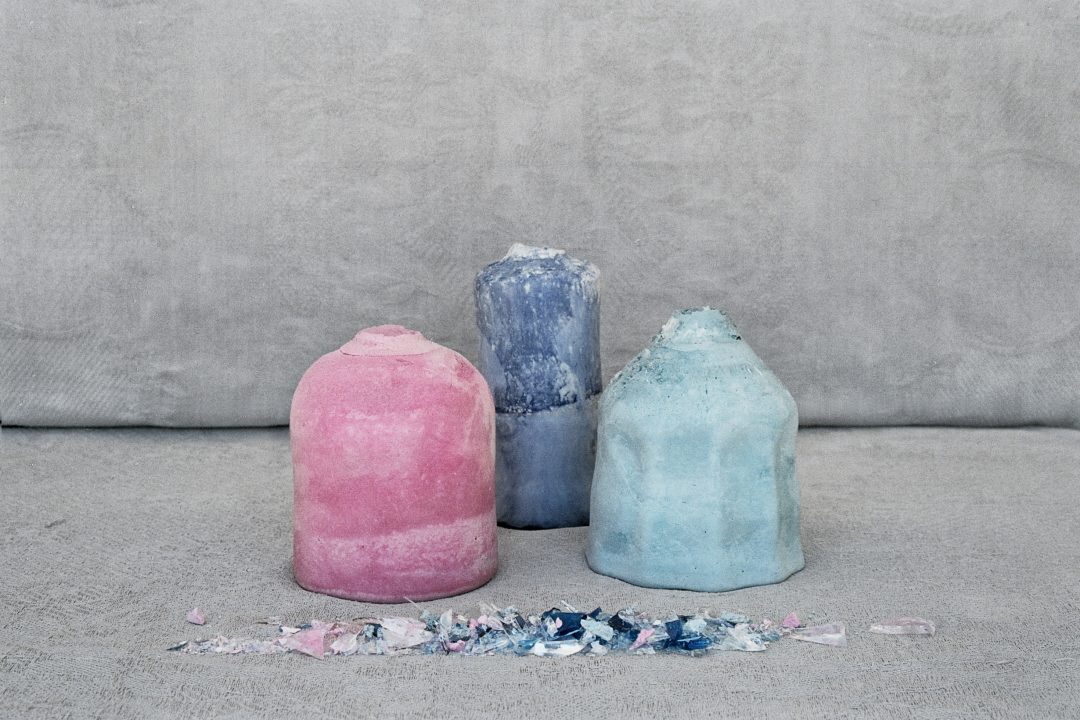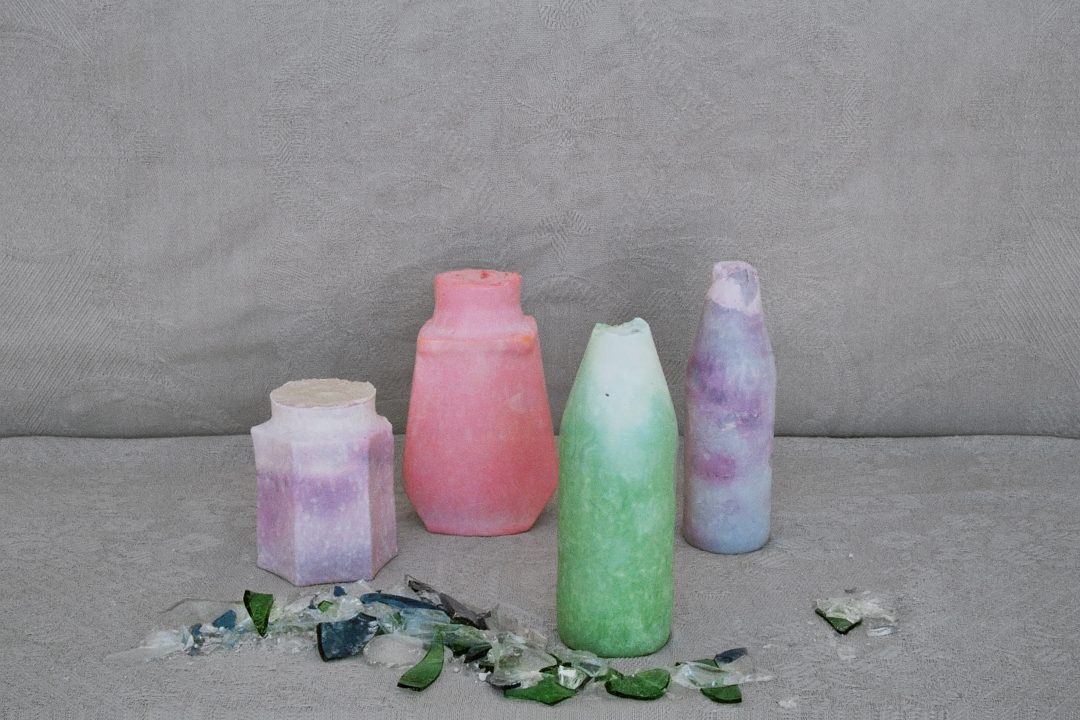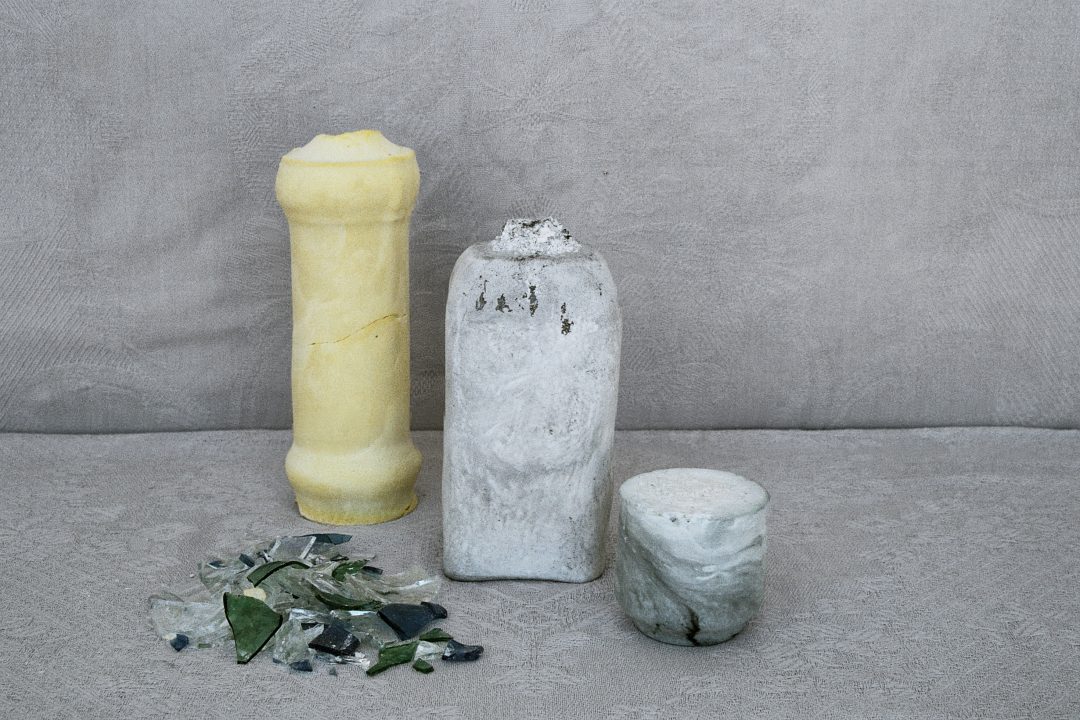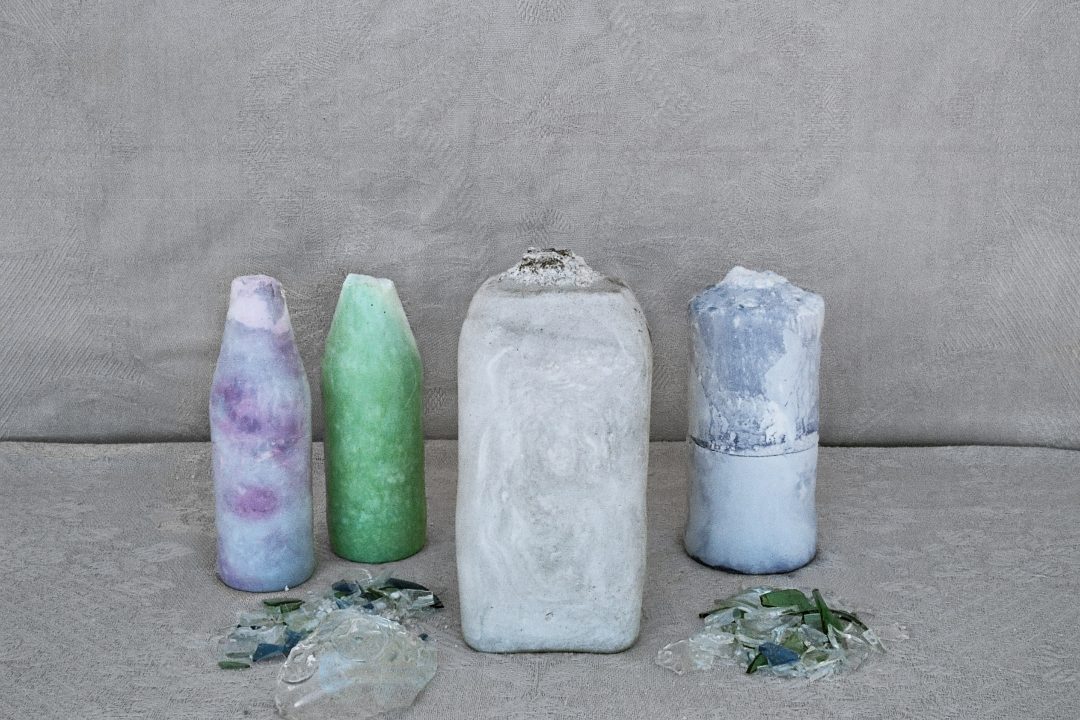Continente contenido
Photography
40×60 cm.
Fine Art paper and pigment inks.
Analog photography series of conceptual still lifes.









Continente contenido
(As defined in Spanish) To contain :
«Contain. To carry or enclose another within itself. To repress or restrain the movement or impulse of a body. To suppress or moderate a passion.
The same amount of matter can be contained in different vessels or containers and conform to their shape. Removing the container does not alter the form of the content. The form resists changing in the face of new circumstances and remains unaltered.
Shaped by beliefs, education, social and intellectual culture, once we surpass childhood, we acquire a form that is practically impossible to alter. We can change our place of residence, educate ourselves, interact with people of diverse backgrounds, but our essential form hardly varies. Loyal to acquired patterns, we are not capable of interacting with the environment in a different manner. Even when this way of relating leads us to commit the same errors, we remain faithful to our inherent vision of reality.
On the other hand, each of us has an area of self-realization; each person has the capacity to do something different, something that is uniquely theirs.»
//
Contener:
«Contener. Llevar o encerrar dentro de sí a otra. Reprimir o sujetar el movimiento o impulso de un cuerpo. Reprimir o moderar una pasión.’’
Una misma cantidad de materia puede ser contenida en diferentes envases o continentes y someterse a la forma de estos. Eliminar el continente no altera la forma del contenido. La forma se resiste a cambiar ante nuevas circunstancias y permanece inalterable.
Modelados a base de creencias, educación, cultura social e intelectual, superada la infancia, adquirimos una forma prácticamente imposible de alterar. Podemos cambiar el lugar de residencia, formarnos, interactuar con personas de diversa índole, pero nuestra forma esencial prácticamente no varía. Fieles a patrones adquiridos, no somos capaces de interactuar con el entorno de una manera diferente. Incluso cuando esta forma de relacionarnos nos lleva a cometer los mismos errores, seguimos fieles a nuestra inherente visión de la realidad.
Por otro lado, cada uno de nosotros tiene un área de autorrealización; cada persona tiene la capacidad de hacer algo diferente, algo que es únicamente suyo.»
Music/Musica:
Jorge Grundman (1961)
Surviving a Son’s Suicide (Sobreviviendo al suicidio de un hijo), para cuarteto de cuerda
1. I. Browsing his childhood photographs (Mirando las fotografías de la infancia) (6:33)